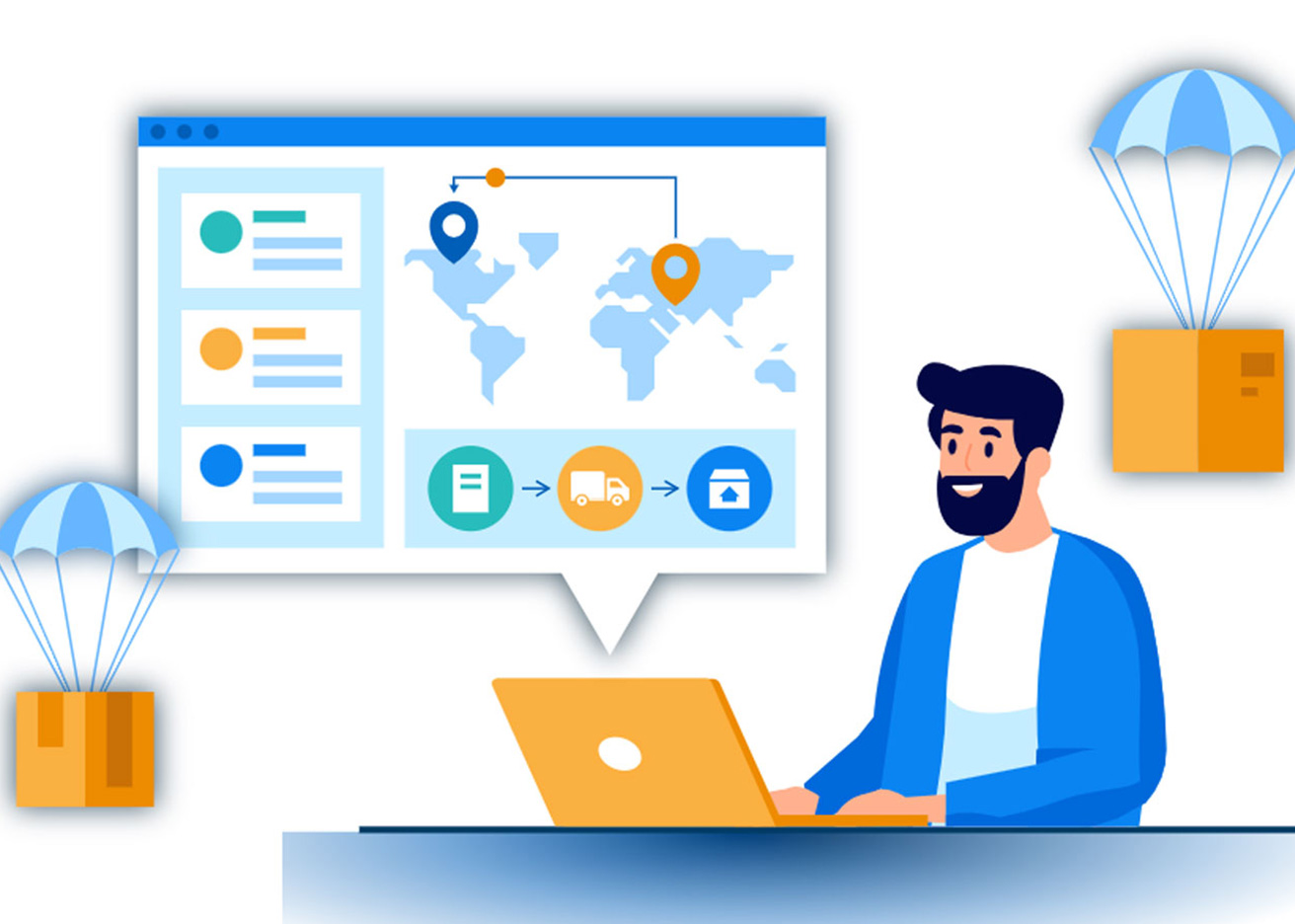Understanding Supplier Lifecycle Management (SLM) – Key Processes, Stages, and Benefits
In today’s fast-paced business world, managing supplier relationships effectively is crucial for maintaining a strong and efficient supply chain. Supplier Lifecycle Management (SLM) helps companies manage their suppliers from the very start of the relationship to the end. By following a structured process, businesses can improve supplier performance, reduce risks, and ensure compliance with regulations. In this article, we’ll explore what SLM is, its stages, and the benefits of using SLM software.
What is Supplier Lifecycle Management?
Supplier Lifecycle Management (SLM) is the process of managing a supplier’s entire journey with a company—from identifying potential suppliers to their eventual exit. SLM focuses on improving supplier performance and ensuring that both the company and its suppliers meet their goals. This approach helps businesses make informed decisions, track supplier performance, and manage risks that could affect operations.
SLM is more than just managing contracts; it’s about building long-term, strategic partnerships that benefit both the company and its suppliers. It helps ensure suppliers align with business values, meet performance standards, and comply with regulations.
Purpose of Supplier Lifecycle Management
- Improving Supplier Performance and Reliability
SLM helps companies monitor supplier performance regularly to make sure suppliers deliver on time, meet quality standards, and stick to agreed-upon pricing. - Managing and Reducing Risks
Working with suppliers comes with risks like delays, quality issues, or financial problems. SLM helps identify these risks early and provides ways to reduce their impact on the business. - Ensuring Compliance
With growing regulations in many industries, companies must ensure that their suppliers follow the rules. SLM ensures that suppliers meet all regulatory and legal requirements, keeping the business in compliance. - Boosting Overall Supplier Performance
By consistently measuring supplier performance, companies can identify areas for improvement and work with suppliers to fix problems, leading to better efficiency and cost savings.
Supplier Lifecycle Management Process
SLM is an organized process that covers every step of managing a supplier, from identifying them to ending the relationship if needed. Each stage has its own goals and actions to help make supplier relationships more efficient and effective.
Stages of Supplier Lifecycle Management
- Supplier Identification & Evaluation
In the first stage, companies identify potential suppliers and assess their abilities. This involves looking at factors like financial stability, experience, and how well the supplier fits with the company’s needs and goals. - Vendor Segmentation
After suppliers are identified, they are divided into different categories based on factors such as how important they are to the business, how much is spent with them, and any risks they might pose. This helps businesses decide how to manage different suppliers and focus more attention on the most important ones. - Supplier Selection
Once suppliers are evaluated, the next step is to choose the best ones. Businesses often use tools like scorecards or evaluations to make objective decisions. - Supplier Onboarding
After selecting a supplier, the company integrates them into its systems. This involves setting up contracts, ensuring compliance, and establishing communication channels for ongoing collaboration. - Performance Measurement
Once the supplier is onboarded, their performance is regularly tracked using key performance indicators (KPIs) to measure things like quality, delivery times, and cost-efficiency. These measurements help identify any issues early on and ensure continuous improvement. - Identifying and Managing Risks
SLM involves ongoing risk assessments, where businesses look for potential problems with suppliers, such as financial instability or political risks. Strategies are then developed to reduce these risks and avoid disruptions. - Supplier Relationship Management
Building and maintaining strong relationships with suppliers is key to long-term success. This stage focuses on regular communication, feedback, and collaboration to ensure both parties are working together effectively. - Supplier Offboarding
When a supplier no longer meets performance standards or when the relationship ends for any reason, a structured exit process helps ensure a smooth transition, minimizing disruptions to the supply chain.
What is Supplier Lifecycle Management Software?
SLM software is a tool that automates and simplifies the process of managing suppliers. It provides a centralized platform where businesses can handle everything from supplier selection and onboarding to performance tracking and risk management. With features like real-time data, risk assessment tools, and compliance monitoring, SLM software helps businesses manage their supplier relationships more efficiently.
Benefits of Supplier Lifecycle Management Software
- Risk Identification and Assessment
SLM software offers advanced tools to identify and assess risks. By analyzing supplier data, businesses can spot potential issues before they become problems, allowing for better risk management. - Improved Collaboration
With SLM software, companies can communicate more effectively with suppliers. The software provides tools for data sharing, contract management, and problem-solving, which helps streamline processes and improve overall collaboration. - Ensuring Compliance
Keeping track of regulations can be challenging, especially for companies with global supply chains. SLM software automates the process of monitoring supplier compliance with industry standards and regulatory requirements, helping businesses stay on top of legal obligations.
Conclusion
Supplier Lifecycle Management is essential for companies that want to build strong supplier relationships, reduce risks, and ensure compliance. By following a structured process, businesses can improve supplier performance and create a more resilient supply chain. Additionally, using SLM software provides real-time insights, streamlines processes, and enhances collaboration with suppliers. As businesses face more complex global supply chains, adopting effective SLM practices and tools will be key to long-term success.

